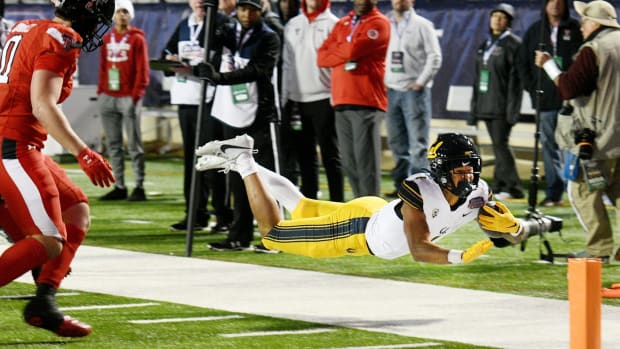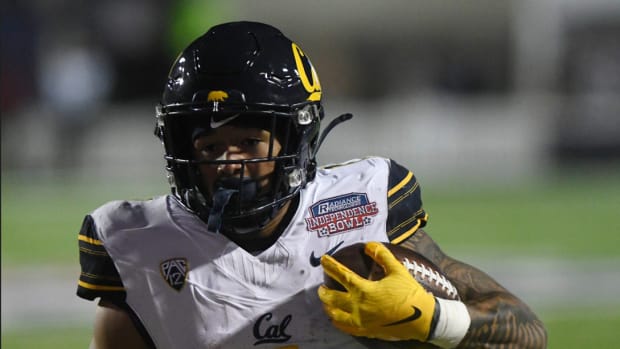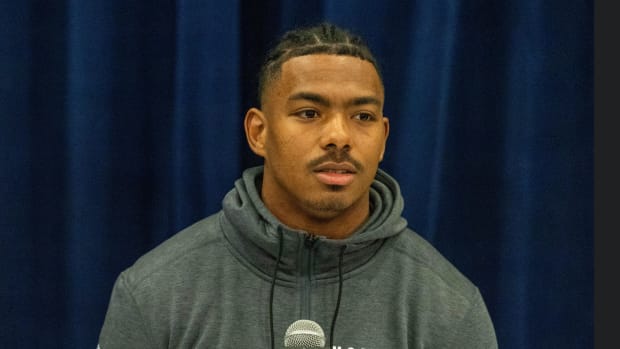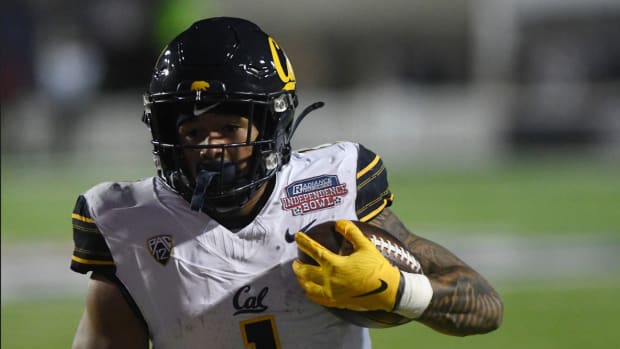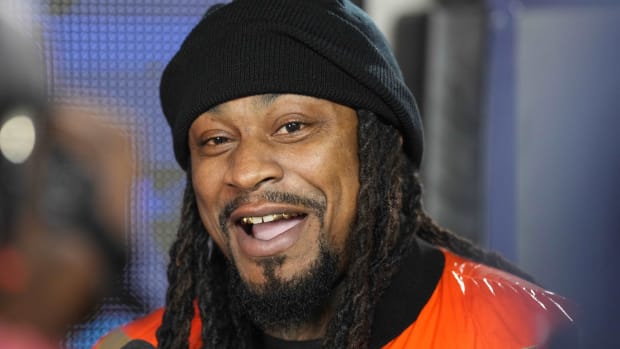Cal Football: Offense Made Some Strides But Still Has Issues That Need Fixing
The Cal offense made significant strides from Game 1 to Game 2.
In certain areas.
And to a point.
Clearly, 27 points against Oregon State on Saturday was a dramatic improvement from 10 points against UCLA the week before.
But the Bears lost both games, so neither performance was sufficient.
Of course, Cal had problems on defense and, especially, on special teams against the Beavers.
So as Cal begins preparation for Friday's home debut against Stanford in a duel of 0-2 Big Game opponents, let’s look at how the Bears' offense grew:
— The Bears had 317 yards by halftime in Corvallis, moving at the impressive rate of 7.0 yards per snap. At UCLA, they totaled 176 yards for the entire game, gaining just 2.8 yards per play.
— Cal hoped that new offensive coordinator Bill Musgrave’s system would create the kind of big plays often absent a year ago. Against the Bruins, the Bears managed just one play longer than 15 yards. On Saturday, they had eight of them — including pass plays of 33, 44 and 52 yards — despite playing much of the game without four offensive line starters.
Wide receiver Kekoa Crawford, the senior who came to Cal from Michigan before last season, had by far his best game at either school, catching 10 passes for 141 yards and a touchdown.
.
Here’s where the Cal offense came up short:
— What happened in the second half? The Bears had just 34 yards of offense in the third quarter and scored just seven more points after halftime. They averaged 3.4 yards per play in the half — less than half their first-half rate. Did the young and inexperienced O-line lose its edge?
— Compared to a week earlier when they had just two trips into the red zone, Cal reached the OSU 20-yard five times. They cashed in on just three of them and one of those was a field goal after they reached the 9-yard line in the second quarter. On two subsequent chances, where they had first-and-goal at the 3 and the 10, Chase Garbers was intercepted each time, first on a fourth-down try and finally on a pass tipped at the line of scrimmage with 58 seconds left.
“Offensively, big picture it was missed opportunities down in the red zone in the first half,” coach Justin Wilcox said. “And second half we got the (one) touchdown, We had some third downs to convert and didn’t do it.”
Garbers gave a somewhat unsatisfying answer when asked why the offense stopped producing in the third quarter.
“We just had a lack of urgency as an offense,” he said. “Obviously, we stalled out in the third quarter and didn’t put any points up. There was nothing new (defensively) we were seeing.”
In fact, Wilcox was generally pleased with Garbers’ performance, that included 28 for 42 for 315 yards and three touchdowns.
“Offensively, really in the first half, I thought there was good rhythm and we moved the ball down the field. Chase threw the ball much better,” Wilcox said.
“He was in command, seemed more comfortable back there, threw the ball on time, made some good plays with his legs. There were still a few in there I’m sure he could play better, but it was an improvement.”
None more so than the last one, where his first-down “hot-route” pass to Trevon Clark from the 10-yard line was tipped at the line and ultimately intercepted.
“Very unfortunate play,” Garbers said. “Worst-case scenario, it went straight up in the air.”
OSU got the rebound and the Bears’ chances were dashed.


